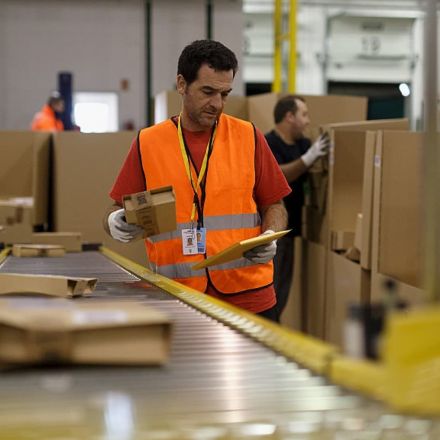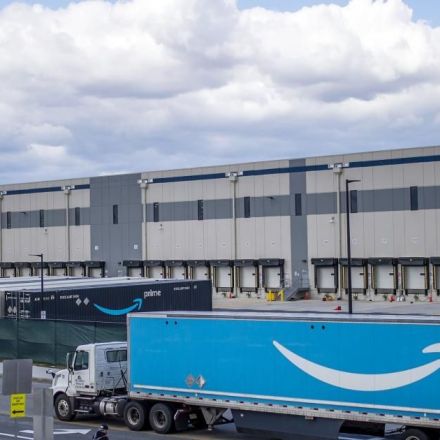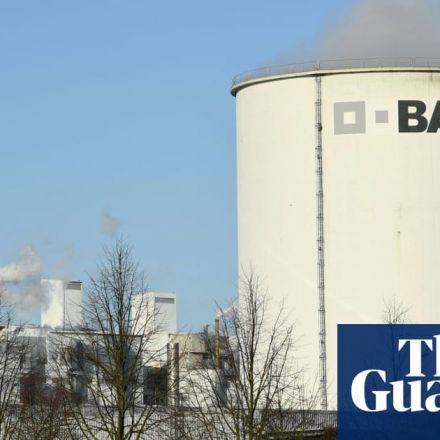The cost of poor Workplace Safety standards and how to curb it?
The transformative potential of Vision AI in fortifying workplace safety has been a topic of interest for many years. However, an aspect that demands more attention is the substantial economic value that Vision AI brings to the table.
The Monetary Consequences of Workplace Accidents
Let’s start with a statistic from the International Labor Organization (ILO) that says the world loses about 2.3 million lives every year due to occupational fatalities. This chilling fact equates to over 6000 lives lost every single day, or roughly four people every minute.
Continuing on, we encounter an equally grim landscape of non-fatal occupational accidents. The ILO estimates about 340 million such incidents each year, causing harm to 160 million workers worldwide. That's like the entire population of Russia suffering a workplace accident each year!
Focusing on United States of America where the National Safety Council (NSC) has done the math on work injuries' total cost for 2021 - a whopping $167.0 billion which is 50% of Colombia’s total GDP
Shifting our focus to a different territory, we stumbled upon the European Union (EU). According to the European Agency for Safety and Health at Work (EU-OSHA), the EU bears an annual economic burden of EUR 476 billion owing to work-related accidents and illnesses. This would be enough to buy everyone in the EU a brand-new iPhone every year!
But wait, there's more! The global price tag, according to EU-OSHA, sits at a jaw-dropping EUR 2,680 billion, equivalent to 3.9% of the worldwide GDP. This figure echoes an earlier finding by the ILO from 2003, painting a trend that's been consistent over two decades - the world annually spends nearly 4% of its GDP, (size of German Economy) tackling costs associated with workplace accidents and illnesses.
Mitigating Costs via Accident Prevention
Research reveals that the combination of AI and Big Data technologies can automate almost 80% of all physical work, 70% of data processing, and 64% of data collection tasks which leads to a direct reduction in overhead costs.
Talking about direct Impact, Vision AI’s real-time monitoring and swift response dramatically reduces the chance of workplace accidents especially in sectors like construction or manufacturing. Be it lack of safety gear, inappropriate use of machinery, unsuitable working environments, 24/7 monitoring or accident detection, Vision AI ensures these situations are immediately detected and reported.
Reducing Insurance Premiums
OSHA's Office of Regulatory Analysis has stated that companies that implement effective safety and health can expect reductions of 20% or greater in their injury and illness rates and a return of $4 to $6 for every $1 invested.
With this investment being made in Vision AI companies can significantly impact their safety standards and substantially reduce operational costs. Firms with stellar safety records and lower incident rates typically enjoy reduced premiums.
Maximizing Productivity and Minimizing Downtime
Workplace accidents cause downtime, In the aftermath of a workplace accident, operations often grind to a halt.
A report by NSC stated that workplace injuries led to 70 million lost workdays in 2019 alone. This huge figure demonstrates the profound impact of workplace accidents on productivity.
Such Indirect Costs of injuries may be 20 times the direct costs!
However, by identifying and addressing potential hazards promptly, Vision AI can help ensure that operations run smoothly and efficiently. This immediate detection and quick action minimize downtime and its associated costs.
In this way, Vision AI not only protects workers but also contributes to the company's bottom line.
Final thoughts
As we move further into the age of artificial intelligence, companies are left with a crucial question: Can we afford to ignore the potential benefits of Vision AI? Given the extensive financial savings and safety enhancements it offers, the answer increasingly seems to be no.





























Join the Discussion